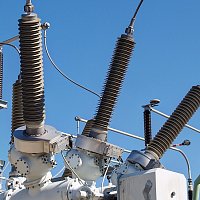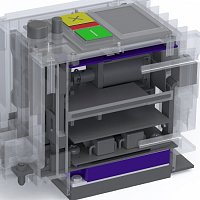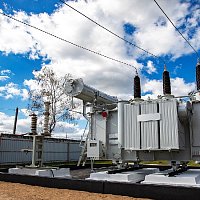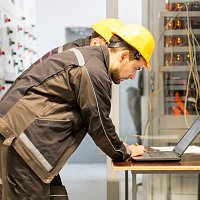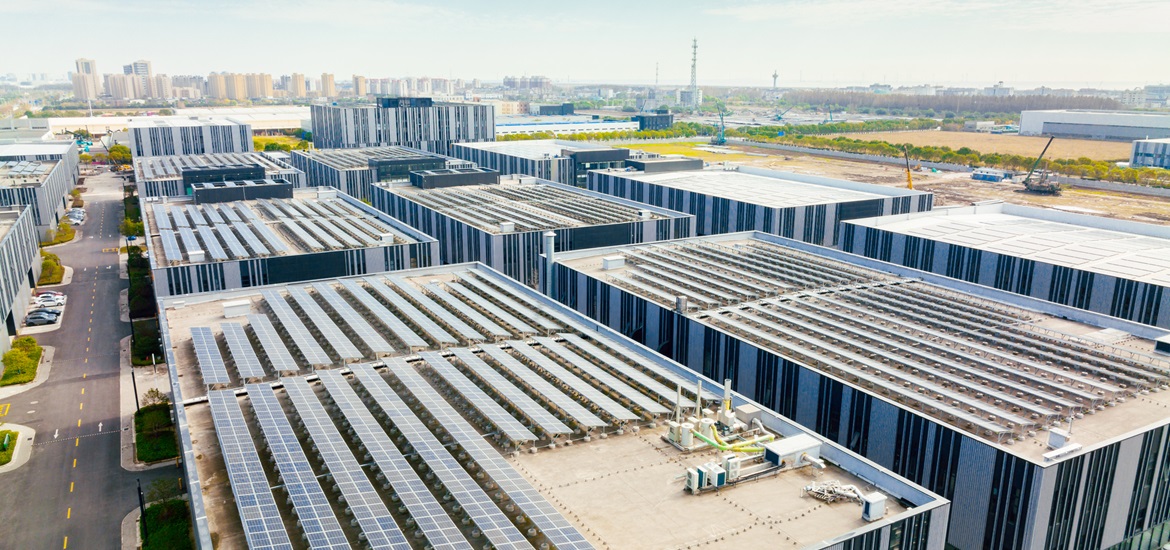
PERSPECTIVES
In an era marked by an increasing global consciousness regarding environmental sustainability, the slow adoption of solar power in the industrial sector of the United States raises questions about the underlying factors contributing to this gradual transition. While the residential sector has witnessed a surge in solar installations, the industrial landscape seems to lag behind. A nuanced exploration of this phenomenon unveils a confluence of economic, regulatory, and technological considerations that have influenced the measured pace of solar power integration in Industrial America.
One significant factor contributing to the slow adoption of solar power in the industrial sector is the substantial upfront cost associated with installing solar panels, often deterring businesses due to a misalignment with immediate financial priorities and ROI capital goals.
One significant factor contributing to the slow adoption of solar power in the industrial sector is the substantial upfront cost associated with installing solar panels. Industrial-scale operations often require extensive energy, and the initial investment required for solar infrastructure can be a deterrent. Without extensive government incentives, most find this investment not aligning with many ROI capital goals. Despite the long-term cost savings and potential return on investment over a longer time period than most are willing to accept, businesses may find it challenging to allocate significant capital for solar projects, particularly when weighed against more immediate financial priorities.
Regulatory hurdles also play a role in the cautious approach toward solar power adoption. The complex nature of regulations governing energy production and distribution varies across states, creating a patchwork of compliance standards. This inconsistency adds an extra layer of complexity for industrial entities seeking to implement solar solutions, as they must navigate a labyrinth of bureaucratic processes and compliance requirements, which can stifle enthusiasm for adopting renewable energy sources.
Regulatory hurdles also play a role in the cautious approach toward solar power adoption, with varying compliance standards across states creating a complex landscape that industrial entities must navigate, potentially stifling enthusiasm for renewable energy sources.
Moreover, the existing energy infrastructure heavily relies on traditional fossil fuels, and transitioning to solar power necessitates a restructuring of the energy grid. Integrating solar energy at an industrial scale requires extensive planning, technological upgrades, and coordination among various stakeholders. This process can be time-consuming, and businesses may be hesitant to undertake such endeavors without clear incentives or mandates compelling them to do so.
Furthermore, some industrial entities may be skeptical about the reliability of solar power, especially in regions with inconsistent sunlight patterns or severe weather conditions. Concerns about the intermittency of solar energy production and the need for supplementary energy sources during periods of low sunlight can create reservations among industrial decision-makers.
Despite these challenges, it is crucial to acknowledge the positive strides being made. Many industrial players are gradually recognizing the long-term benefits of transitioning to solar power, not only in terms of cost savings but also in reducing their carbon footprint. Government incentives and an increasing societal emphasis on sustainability are gradually tilting the scales in favor of solar adoption.
Moreover, the existing energy infrastructure heavily reliant on traditional fossil fuels presents a barrier to solar adoption in the industrial sector, requiring extensive planning, technological upgrades, and coordination among stakeholders, which can be time-consuming and may lack clear incentives or mandates compelling businesses to transition.
The slow integration of solar power into the industrial landscape in America is a multifaceted issue, with economic, regulatory, and technological dimensions. As awareness of the environmental impact grows and as technology advances, it is anticipated that the industrial sector will increasingly embrace solar power solutions, paving the way for a more sustainable and resilient energy future.

Dale Bissonette is the CEO of Good Place Holdings and SDMyers (a Good Place Holdings company). Dale has led local, national, and international organizations in the for-profit and non-profit sectors based on Biblical principles and values for over thirty years as Owner, CEO, President, Board Chair and Member, and CFO. He is also a board member and audit chairman of the Timothy Plan Trust, a $2 billion mutual fund with 80,000 investors. Under Dale’s leadership, Good Place Holdings manages and operates nine businesses, including B2B, B2C, industrial, and community-based organizations. He has also served as a board of trustee member at the Chapel in Akron and the Chapel Hill Christian School. Dale holds a Bachelor of Science in Accounting from The University of Akron. He has been married for 40 years with four children and 11 grandchildren.





